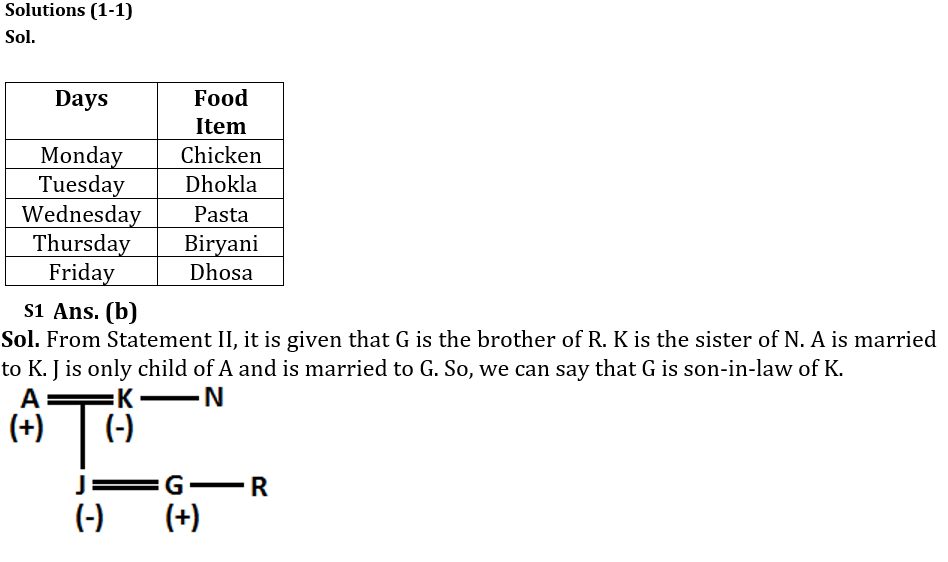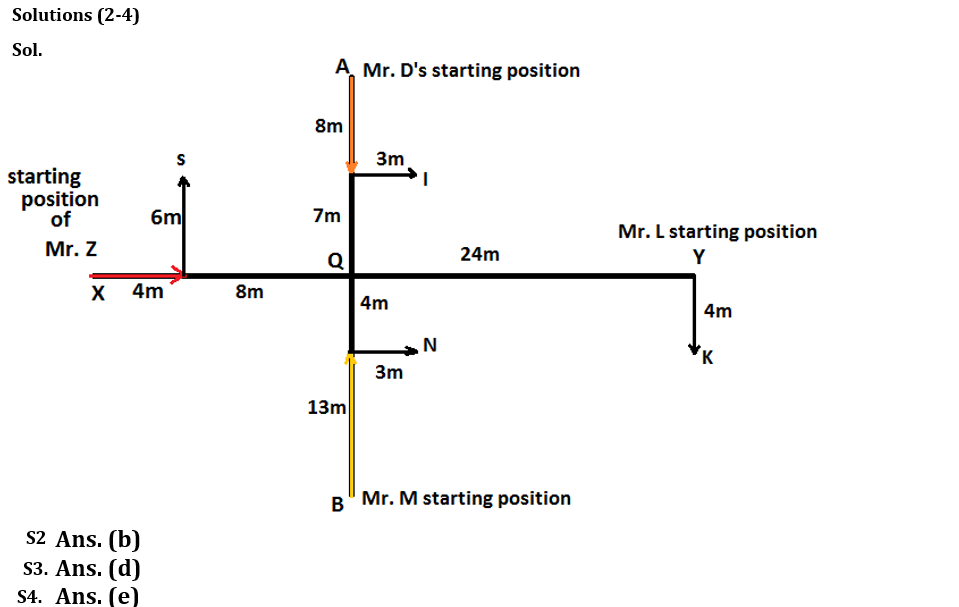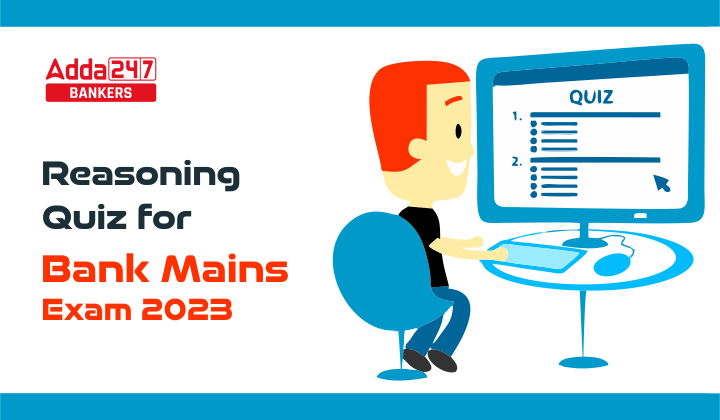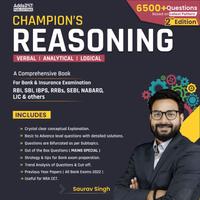Q1. How G is related to K?
I. A is the brother of K, who is married to N, who is mother of H who is married to M. M is the father of G.
II. G is the brother of R. K is the sister of N. A is married to K. J is only child of A and is married to G.
Directions (2-4): Study the following information and answer the questions given below:
There are AB axis in such a way that A is in north and B is in south direction. There is XY axis in such a way that X is in west direction and Y is in east direction. AB axis and XY axis intersect at a point Q in such a way that AQ is 15m, QB is 17m, QX is 12m, QY is 24 m.
Mr. Z starts walking along the QX line towards Q from X and after walking 4m he takes a left turn and walks for 6m to reach point S. Mr. L starts walking in the south direction from Y and walks 4m to stop at point K. Mr. D walks towards Q from A and walks for 8m and takes a left turn and walks for 3m to reach point I. Mr. M starts walking in the north direction from point B and walks for 13m and then takes a right turn and walks for 3m to reach point N.
Q2.What is the shortest distance between point S and point N?
(a) √231 m
(b) √221 m
(c) √211 m
(d) 13 m
(e) None of these
Q3. How far and in which direction is point K with respect to point N?
(a) 21m west
(b) 24m west
(c) 22m west
(d) 21m east
(e) 22m east
Q4. In which direction is point S with respect to Mr. M’s final position?
(a) Southeast
(b) North
(c) Northeast
(d) Southwest
(e) Northwest
Direction (5): In the following question a statement is given followed by two more statements numbered as I, II and III. You have to read both the statement and decide which of the given assumptions follows the statement.
Statement: “SSC aspirants are fade up with Paper leak and most of them have decided to start preparing for banking field.”- An article published in The Hindu.
Assumption:
(I) SSC has not taken any corrective measures to stop paper leak.
(II) There will be no paper leak in case of banking examination.
(III) There is a great future in banking field.
(a) Only II follows
(b) Both I and III follow
(c) Only III follows
(d) Both I and II follow
(e) None follows
Solutions



 . . .
. . .




 GA Capsule for SBI Clerk Mains 2025, Dow...
GA Capsule for SBI Clerk Mains 2025, Dow...
 The Hindu Review October 2022: Download ...
The Hindu Review October 2022: Download ...
 Rajasthan Gramin Bank Formed after Merge...
Rajasthan Gramin Bank Formed after Merge...





